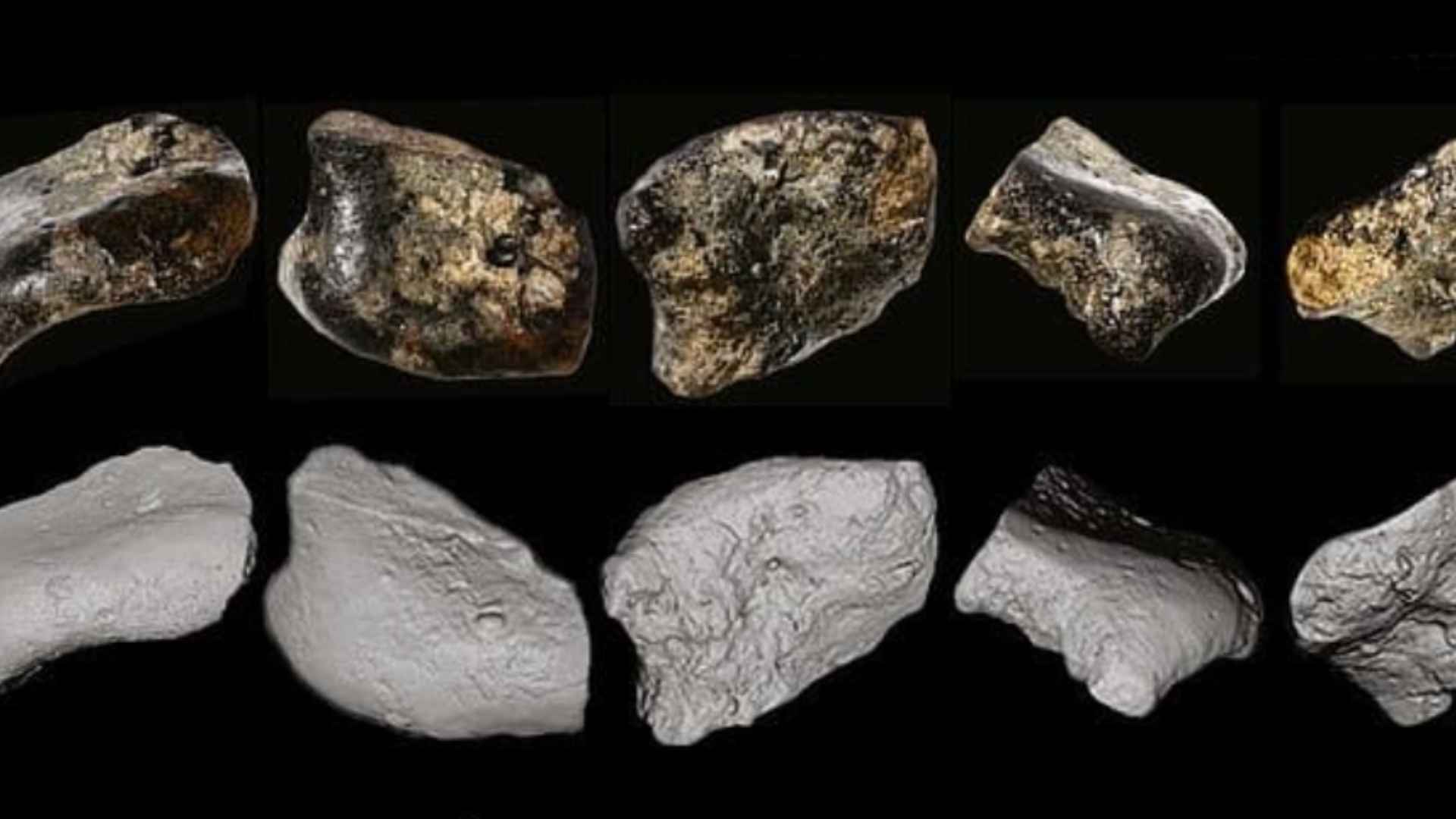Marine sand miners off Indonesia have stumbled on the first underwater hominin fossil trove in Southeast Asia, rewriting what we know about early humans and a continent now drowned beneath the Java Sea.
Indonesia’s Madura Strait is usually a busy shipping lane, not a time machine. Yet a routine dredging job near Surabaya has exposed a 140,000‑year‑old window into “Sundaland,” the prehistoric landmass that once linked much of Southeast Asia. Two Homo erectus skull fragments—plus more than 6,000 animal bones—are forcing archaeologists to rethink human migration, ancient ecosystems, and even sea‑level change.
Dredging project near Surabaya unexpectedly unearths more than 6,000 ancient vertebrate remains
Talk about a lucky break: workers scooping sand for land‑reclamation found bones of Komodo dragons, buffalo, deer and a 13‑foot‑tall Stegodon. Who would expect a menagerie like that under 100 feet of water? The thick silt kept the fossils surprisingly intact, giving researchers a rare chance to study Pleistocene life in situ.
So, what does this mean for today’s science? Distinct butchery marks on many animal bones suggest that Homo erectus was no mere scavenger. Optically Stimulated Luminescence dating places the deposit between 162,000 and 119,000 years ago, confirming these hunters roamed Sundaland long before rising seas erased the landscape.
| Element | Details |
|---|---|
| Human remains | Two Homo erectus skull fragments (frontal & parietal) |
| Animal fossils | >6,000 specimens, from Stegodon to Komodo dragon |
| Dating method | Optically Stimulated Luminescence (OSL) |
| Age range | 162,000 – 119,000 years ago |
| Site location | Madura Strait, Java–Madura gap |
The skulls’ shape matches fossils from the Sambungmacan caves on Java, expanding the species’ known range and hinting at a far‑flung, mobile population.
Submerged river valley reveals savanna‑like Sundaland environment during late middle Pleistocene era
Geological scans outline an ancient Solo River branch that once meandered across a grassland plain teeming with big game—more Serengeti than steamy jungle. When Ice‑Age glaciers melted between 14,000 and 7,000 years ago, sea levels rose over 120 meters, burying the valley and severing island connections across Southeast Asia. Consequently, today’s islands hide an archive of human and ecological history that is only beginning to surface.
Researchers from Leiden University plan deeper dives and sediment cores to map the lost river system and search for stone tools. If further excavations confirm organized hunting and tool use, textbooks on early Asian hominins may need a serious rewrite.
An accidental discovery has opened a new chapter in human evolution, showing that Homo erectus thrived in a lush savanna now hidden beneath the waves. Expect more revelations as scientists peel back the layers of Sundaland’s drowned world.

